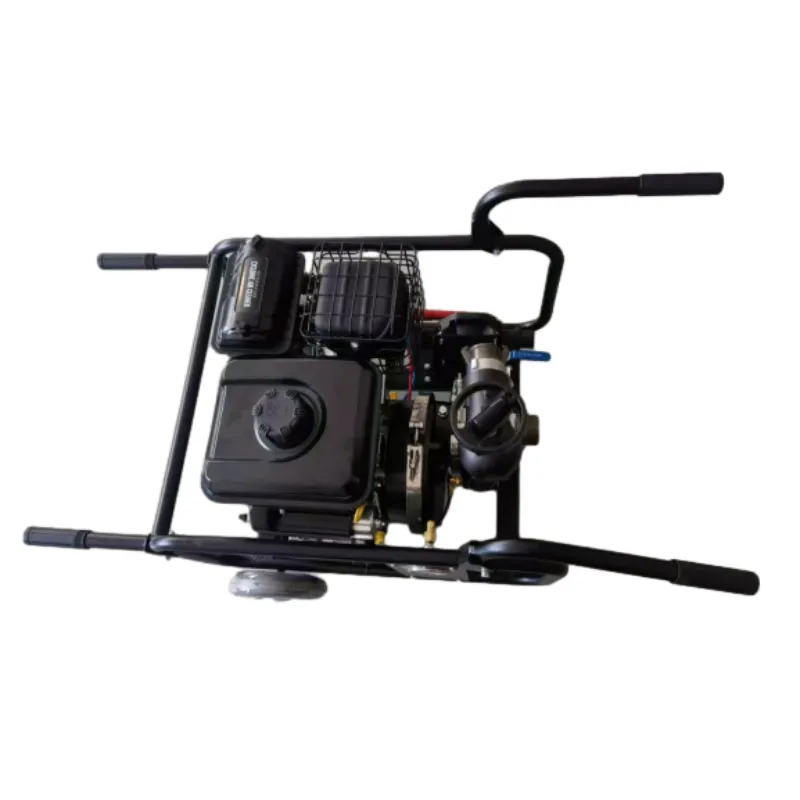

Installation costs should also be factored into the overall price. Proper installation is not only a matter of compliance with safety standards but also a determinant of the pump’s performance and longevity. Hiring experienced professionals for installation can prevent issues such as misalignment or inadequate electrical setup. Additionally, professional installation often includes initial performance testing to ensure the system operates optimally from the start. Another potential cost consideration is the ongoing maintenance and testing. Fire pumps need regular inspections and testing to ensure they remain fully functional in an emergency. This routine maintenance, ideally performed by certified professionals, not only ensures compliance with fire safety regulations but also prolongs the equipment’s lifespan and operational efficiency. Beyond the technical and pricing aspects, it's critical to consider the reputability of the manufacturer or supplier. Selecting a fire pump from a company with a solid reputation for quality and post-sale support can provide additional peace of mind. Such companies often provide warranties, comprehensive installation services, and maintenance support, ensuring your investment is well protected. Lastly, one must assess the total cost of ownership over the pump’s lifespan rather than focusing solely on initial purchase price. This broader consideration includes installation, energy consumption, maintenance, and potential upgrades. A more expensive pump with lower operational costs and better reliability could prove more economical over time than a cheaper model prone to frequent failures and repairs. In conclusion, while the price of a 40 HP fire pump is undoubtedly a significant consideration, it should be seen as part of a larger investment in the safety and compliance of your facility. By prioritizing quality, reputable manufacturers, and comprehensive support, facility managers and owners can ensure that they are making wise and informed purchasing decisions that align with both current needs and future expectations.




















